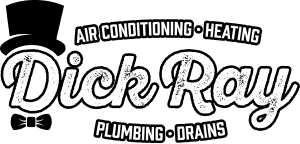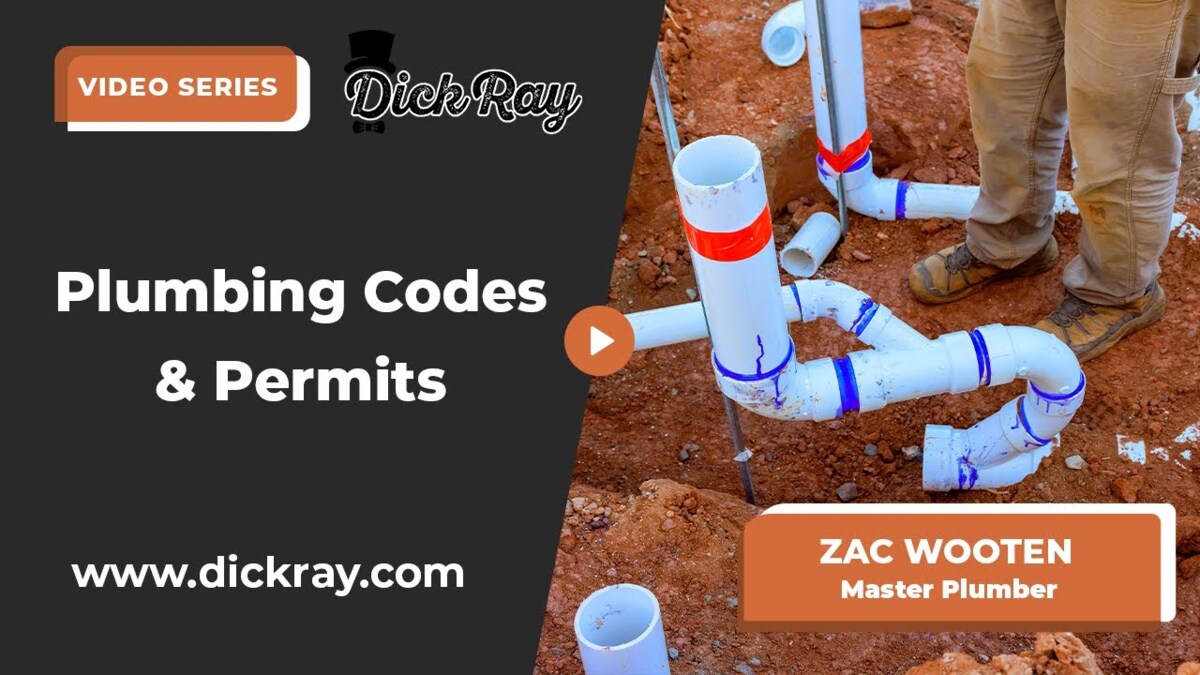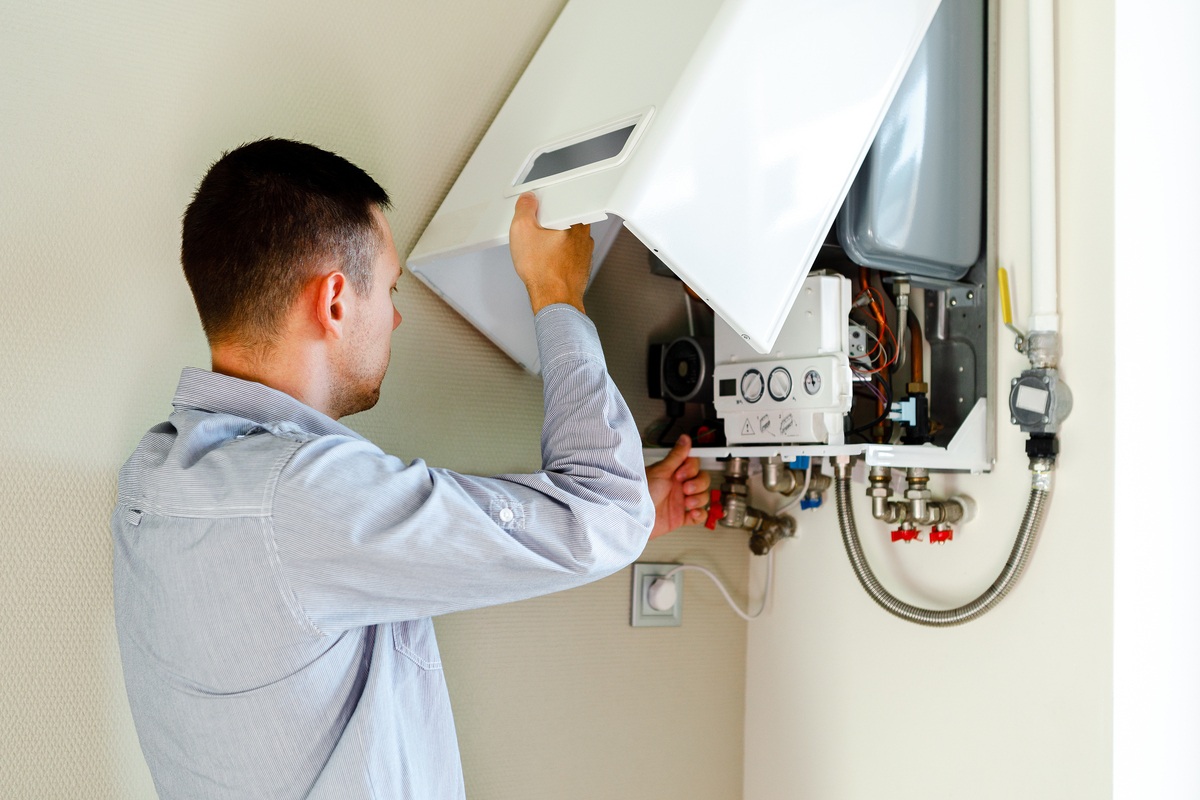Rough-in plumbing is the stage in a construction project when all the basic plumbing lines are placed. These include the drain pipes and water lines that go under concrete slabs or through walls. Getting the rough-in plumbing right is key because it sets the foundation for everything that comes after.
We often handle rough-in plumbing during new home builds or large remodels. It must be done before walls, floors, or ceilings are closed up. Mistakes at this stage can be costly later, so it’s important to do it right the first time.
What Happens During Rough-in Plumbing?
Drain and Water Line Placement
During this stage, we install the pipes that carry water to and from your fixtures. This includes:
- Drain lines under the foundation for toilets and sinks
- Water supply lines to showers, faucets, and tubs
- Vent pipes that help waste lines drain properly
These lines are usually installed before framing is complete. The placement must match the home’s plans, so we read and follow architectural drawings carefully.
Why Placement Accuracy Matters
If a toilet drain is just a few inches off, the toilet may not fit where it should. Fixing it could mean cutting into concrete, which adds time and money. That’s why we double-check measurements before we lay any pipe.
Key Takeaway: Small mistakes in the rough-in stage can lead to big problems later. Accuracy matters from day one.
Why Is Sizing So Important in Rough-in Plumbing?
How Many People Will Use the System?
When sizing drain lines, we plan for the number of people who will use the building. For a family of six, the pipes must handle more water than for a couple. If the plumbing isn’t sized right, you’ll have slow drains, clogs, or backups.
What Happens if Sizing is Wrong?
This is common in older homes. A home built for four people may later be split into multiple units. Now, ten people are using pipes made for four. That puts a strain on the system and often leads to plumbing failures.
How is Rough-in Plumbing Tested?
Once rough-in plumbing is in place, it gets inspected. The inspector will:
- Check that pipes are level for proper drainage
- Make sure venting is correct
- Look for leaks by pressure-testing the system
We fill and cap the lines, then monitor for drops in pressure. If there’s a leak, we need to track it down and fix it before moving forward.
Why Testing Can’t Be Skipped
If the test fails, we may need to tear out finished work to fix the issue. That’s why we take extra care during installation. Doing it right the first time saves time and money in the long run.
What Happens After Rough-in Plumbing?
Once everything is tested and approved, the project moves to the next phase. This may include:
- Framing the walls
- Installing fixtures like tubs and toilets
- Hooking up the final water and drain connections
If rough-in work is clean and correct, the rest of the job goes smoothly.
In Summary
Rough-in plumbing is one of the most important steps in a plumbing project. It’s where we place all the hidden pipes that make your system work. If done wrong, it leads to big headaches later. If done right, it saves you time, money, and stress.
If you’re building or remodeling, contact us at Dick Ray for expert rough-in plumbing services you can count on.




